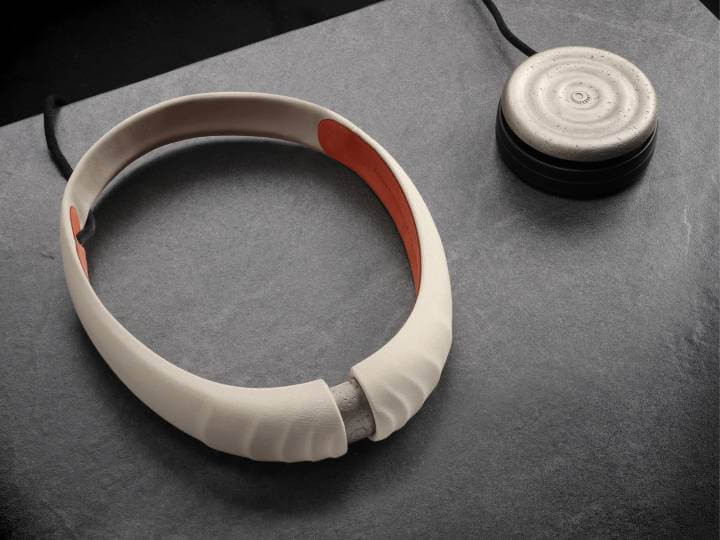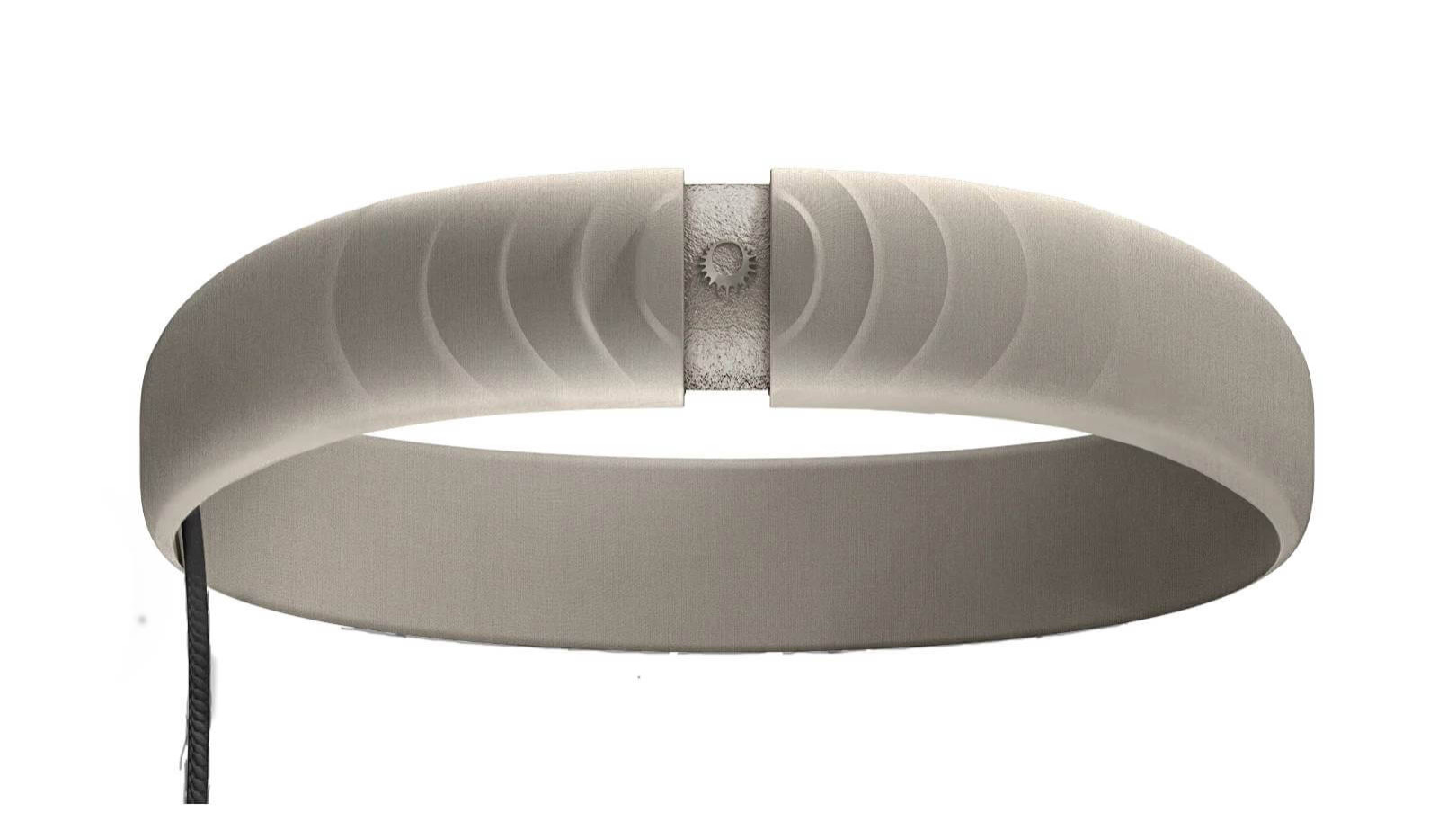Prophetic AI's Lucid Dream Device: Is It The Future of Dream Control?
12-01-2024 | By Robin Mitchell
A new start-up company has announced that its innovative lucid dream-enabling device, a breakthrough in sleep technology, will be ready to launch in 2025, and while the technology may be a truly exciting opportunity for humanity, there are also ethical concerns that need to be addressed. What challenges does lucid dreaming present, what did Prophetic announce, and what dangers could arise from such a technology?

What challenges does lucid dreaming present?
Humans spend as much as one-third of their lives asleep, which can either be a gift or a curse, depending on who is asked. Those who enjoy rest will see sleep as a time for quality relaxation, while those who thrive on work will see sleep as a waste.
Unfortunately for those who would rather spend their nights working, sleep plays a critical role in daily life as it gives time for the brain to process information it has acquired throughout the day. At the same time, sleep provides the rest of the body time to repair damage and recover from daily activities.
When sleeping, the act of processing information results in the formation of dreams, with some being pleasant and others being less so. However, regardless of the dream that is had, one often seeks dream control techniques as one can never control what happens, making dreams more of a film than an interactive environment. It is this lack of control that can make dreaming unpleasant for many, especially those who suffer from stress and traumatic experiences.
Exploring the concept further, Prophetic AI's research into lucid dreaming reveals its potential as a powerful tool for cognitive and creative exploration. Lucid dreaming, a cutting-edge approach in cognitive science, allows conscious control within the dream state and opens up possibilities for problem-solving and innovative thinking akin to mental simulations. This aligns with Prophetic AI's view of lucid dreams as 'particle accelerators for consciousness', providing unique insights into our cognitive processes and the nature of self-awareness.
The Potential and Pitfalls of Lucid Dreaming
And yet, there exists a unique form of dreaming that allows users to have full control, known as lucid dreaming. In these dreams, the individual is fully aware that they are indeed dreaming, and when this happens, they can do almost anything they want. Fly like Superman? Fight in an action sequence? Float in space? If you can imagine it, a lucid dream will allow it!
Around 70% of people will have at least one lucid dream in their life, but as lucid dreams are the exception and not the norm, they are often experiences that people strive to relive. With the use of special techniques, it is possible to induce lucid dreaming artificially, but while lucid dreaming certainly has its positives, there are some dangers that users must be aware of before attempting them.
One such danger, often studied by sleep researchers, is the risk of sleep paralysis, whereby one wakes up but is unable to move. While sleep paralysis presents no physical danger, it can induce psychological damage through traumatic experiences. Simply put, during a state of sleep paralysis, the brain is prone to hallucinations, which almost always take the form of monsters standing in the corner of a room or sitting on one's chest.
Another danger of lucid dreaming is the risk of sleep deprivation and disruption of sleep cycles. During regular sleep, the brain undergoes specific cycles that are all critical for proper rest, but lucid dreaming can disrupt these cycles. As such, those who frequently lucid dream may find themselves struggling with daily tasks and mental exhaustion.
Moreover, the integration of advanced sleep technologies like the Halo device in inducing lucid dreams raises questions about the balance between technological intervention and natural sleep patterns. Prophetic AI's approach, which combines ultrasound and machine learning, aims to gently influence the dreaming process without disrupting the essential restorative phases of sleep. This careful balance is crucial in ensuring that the benefits of lucid dreaming are harnessed without compromising the quality of natural sleep.
Finally, it is also possible that those who lucid dream can suffer from disassociation, whereby the line between awake and dreaming becomes blurred. However, the risk of disassociation greatly depends on several factors, including mental health and family history, and is unlikely to be an issue for the vast majority of lucid dreamers.
Prophetic announces lucid dreaming device for 2025
There is no doubt that there are many who strive for lucid dreaming, and one start-up company, Prophetic, is planning to launch a device that will give users this very power by 2025. Called the Halo, the device is worn on the head during sleep, and the combination of sensors and ultrasonic transducers allows the device to detect critical areas of sleep to try and induce lucid dreaming.
While the device is still in its concept stages, Prophetic plans to utilise recent research that has shown that ultrasonic transducers placed on the head can influence brain patterns. Measuring the electrical activity of the brain will be done with the use of EEG sensors placed around the Halo device, and a remote connection to a smartphone gathers recorded data, which is then used to improve the Halo device by inducing lucid dreaming.

Delving into the specifics, the Halo's design incorporates a headband form factor for maximum comfort and reduced interference during sleep. This ergonomic consideration is crucial for ensuring user compliance and the effectiveness of the device. Additionally, the Prophetic App, integral to the Halo experience, not only facilitates the tracking of sleep patterns but also contributes to the ongoing refinement of machine learning models based on user feedback and dream data.
According to Prophetic, by using Halo, users will not only be able to enable lucid dreaming but also use this time for practical applications. For example, engineers could use lucid dreaming to help with coding, while physicists could utilise such dreams to ponder about the very nature of the universe.
So far, Prophetic has managed to raise over $1 million in funding and has already allowed users to reserve headsets for a 2025 launch at the price of $2000. However, can Prophetic really deliver on such a device?
What dangers could arise from such a technology?
Undoubtedly, the dangers that come with lucid dreaming would be present in the Halo device, but there are other potential concerns that would need to be considered.
The first, and arguably the most important, is that as the device utilises ultrasonic sound to try and manipulate brain activity, it could lead to unexpected side effects with regard to mental stability and dream experiences. As sleep is essential for the brain to try and organise data, a device that tries to interrupt this process could have serious long-term effects.
The second concern from such a device is that it could lead to a whole range of privacy issues, as the device monitors individuals when asleep, with data being shared with Prophetic. Even if Prophetic has the strictest level of data privacy, any breach of data would result in the sleeping patterns of individuals becoming public.
While this may not seem significant at first, it could very well be exploited by criminals. For example, anyone with the device would be identified, and any security flaws found in the Halo device could be more easily targeted. Secondly, knowing an individual's sleep pattern could allow burglars to time their activities to minimise detection by those sleeping.
The brain is arguably one of the greatest mysteries that humans have only scratched the surface of. While we can make educated guesses as to the purpose of sleeping, we still don’t know for sure how or why the brain sleeps. The Halo device being developed by Prophetic could certainly help answer some of these questions, but the use of such technology should be done with great caution.
Addressing the broader implications, the advent of technologies like the Halo brings to the forefront ethical considerations and privacy concerns. As Prophetic AI ventures into this uncharted territory, the safeguarding of user data and the prevention of potential misuse become paramount. The commitment to ethical standards and transparent data handling practices will be key in gaining user trust and ensuring the responsible deployment of such groundbreaking technology.

